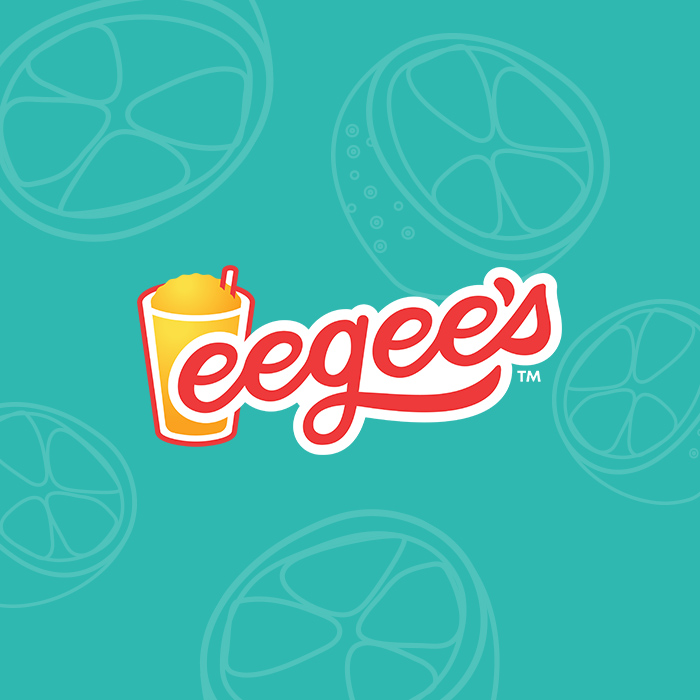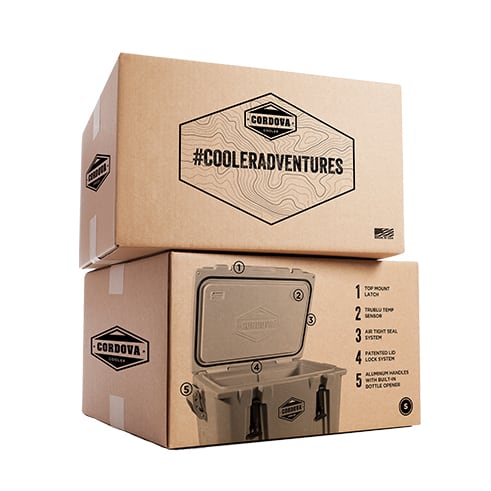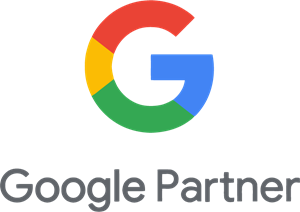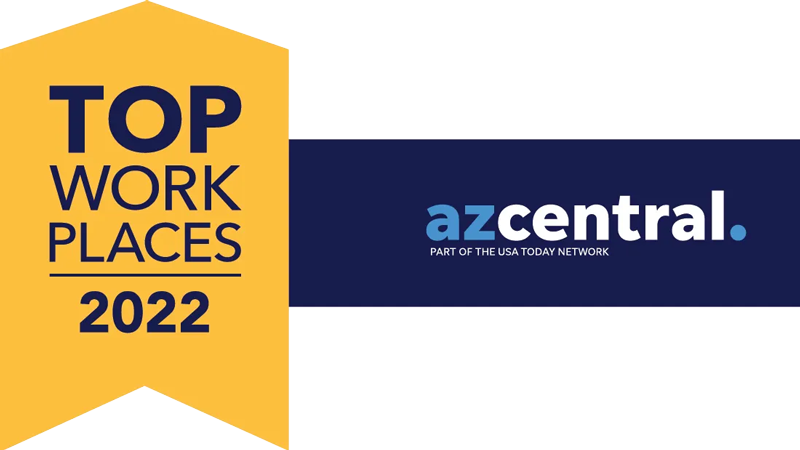Paid Search Guide: A Step-by-Step Roadmap to Mastering Pay-Per-Click Advertising
October 24, 2023
In the ever-evolving landscape of digital marketing, Pay-Per-Click (PPC) advertising remains a powerhouse. It’s a versatile tool that allows businesses to reach their target audience effectively, generate leads, and boost sales. But mastering PPC advertising isn’t a walk in the park. It requires a strategic approach and a deep understanding of the platform you’re using. This comprehensive guide will take you through the steps to mastering PPC advertising, so you can make the most of your campaigns.
Step 1: Setting Your Goals
Before you jump into PPC advertising, it’s essential to define your goals. What are you trying to achieve? Are you looking to drive website traffic, generate leads, or increase sales? Having clear and specific goals will help you tailor your PPC campaigns to achieve the desired results.
Some common PPC goals include:
- Increasing website traffic: If you want to drive more visitors to your website, your goal may be to increase clicks and impressions.
- Generating leads: To collect valuable leads, you may focus on optimizing your ad copy and landing pages for lead generation.
- Boosting sales: For e-commerce businesses, the primary goal might be increasing conversions and revenue.
- Brand awareness: Sometimes, the primary objective is to increase brand visibility, in which case, your focus might be on impressions and click-through rates (CTR).
Step 2: Keyword Research
Keywords are the foundation of your PPC campaigns. You need to select the right keywords to reach your target audience effectively. Start by brainstorming a list of potential keywords related to your business, products, or services.
Tools like Google’s Keyword Planner, SEMrush, or Ahrefs can help you find relevant keywords, estimate search volume, and assess competition. You should aim for a mix of short-tail (broad) and long-tail (specific) keywords.
Short-tail keywords are more generic and have a broader search volume, while long-tail keywords are more specific and often have a lower search volume but can yield higher-quality leads.
Step 3: Competitive Analysis
Understanding your competition is vital in the world of PPC advertising. Analyze your competitors’ ads and keywords to identify their strengths and weaknesses. Pay attention to:
- Ad copy: What messaging do they use, and how does it resonate with their target audience?
- Keywords: Which keywords are they targeting, and are there any gaps you can exploit?
- Landing pages: How do their landing pages compare to yours in terms of design and user experience?
Step 4: Campaign Structure
The next step is to set up your PPC campaign. Depending on the platform you’re using (Google Ads, Bing Ads, or others), you’ll need to create campaigns and ad groups. A well-structured campaign helps you manage your ads more effectively. Here’s a basic outline for structuring your campaigns:
- Campaigns: Each campaign should have a specific goal, whether it’s brand awareness, lead generation, or sales. For example, you might create separate campaigns for different product categories or target locations.
- Ad Groups: Within each campaign, you’ll have multiple ad groups. These are more focused segments that contain a set of related keywords. For instance, if you’re an online shoe store, you might have ad groups for running shoes, sneakers, and hiking boots.
- Keywords: Assign relevant keywords to each ad group. Ensure that your keywords align with the ad group’s theme.
- Ad Copy: Write ad copy that’s specific to the keywords in each ad group. Make sure it’s engaging, concise, and relevant to your target audience.
Step 5: Ad Copy and Creatives
Your ad copy and creatives play a crucial role in the success of your PPC campaigns. Your ads need to be compelling, relevant, and designed to convert. Here are some tips:
- Be specific: Your ad copy should clearly convey what you’re offering. Use numbers, discounts, and unique selling points to grab attention.
- Include keywords: Incorporate your target keywords into the ad copy, which can help improve your ad’s quality score.
- A/B testing: Experiment with different ad copy variations to see which ones perform best. Over time, refine your ads based on data and insights.
- Ad extensions: Take advantage of ad extensions to provide additional information, such as site links, callouts, and structured snippets.
- Creatives: Your ad visuals, whether images or videos, need to be high-quality and relevant to your message. They should match the look and feel of your landing pages.
Step 6: Landing Pages
The landing page is where the magic happens. It’s the destination where users arrive after clicking your ad. A well-optimized landing page is critical for maximizing conversions. Consider these best practices:
- Relevance: Ensure that your landing page content aligns with your ad copy and keywords. This ensures a seamless user experience.
- Clear CTA: Make your call-to-action (CTA) prominent and easy to follow. Whether it’s “Buy Now,” “Sign Up,” or “Request a Quote,” your CTA should stand out.
- Mobile optimization: Given the prevalence of mobile users, your landing page must be responsive and load quickly on mobile devices.
- A/B testing: Continuously test different landing page elements like headlines, images, and forms to improve conversion rates.
- Form optimization: If you’re collecting leads, keep your form fields to a minimum and make the submission process as smooth as possible.
Step 7: Budget and Bidding Strategy
Your budget and bidding strategy are critical in managing your PPC campaigns effectively. Set a daily or monthly budget that aligns with your advertising goals. Allocate your budget to specific campaigns and ad groups based on their performance. Bidding strategies can vary, depending on your objectives:
- Manual CPC: You set the maximum cost per click for each keyword.
- Automated bidding: Let the platform’s algorithms automatically adjust your bids to meet your goals, such as maximizing clicks or conversions.
- Target CPA or ROAS: Use these strategies to optimize for specific return on ad spend or cost per acquisition goals.
- Enhanced CPC: Allows you to adjust your manual bids based on historical data to improve conversion rates.
Step 8: Tracking and Analytics
You can’t master PPC advertising without robust tracking and analytics. Use tracking tools like Google Analytics, Google Tag Manager, or third-party tools to monitor the performance of your campaigns. Key metrics to keep an eye on include:
- Click-through rate (CTR): Measures the effectiveness of your ad copy and keywords.
- Conversion rate: Tracks the percentage of visitors who complete your desired action.
- Quality score: An indicator of how well your keywords and landing pages align with user intent.
- Cost per click (CPC): The price you pay for each click on your ad.
- Return on ad spend (ROAS): Indicates the return on investment for your ad spend.
- Impressions and click volume: Helps you understand the reach of your ads
Step 9: Ongoing Optimization
- Keyword optimization: Continuously update and expand your keyword list based on search trends and performance.
- Ad copy refinement: A/B test different ad variations to improve CTR and conversion rates.
- Bid management: Adjust your bids based on performance and budget allocation.
- Negative keywords: Identify and add negative keywords to prevent your ads from showing for irrelevant searches.
- Geotargeting and scheduling: Optimize your campaigns based on the time of day and location to reach your audience when they are most likely to convert.
- Ad extensions: Experiment with different ad extensions and monitor their impact on ad performance.
Step 10: Stay Informed
The digital marketing landscape is ever-changing. New trends, technologies, and platform updates can have a significant impact on your PPC campaigns. To maintain mastery in this field, stay informed through blogs, webinars, conferences, and industry news. The more you know, the better equipped you’ll be to adapt and thrive in the world of paid search.
Mastering PPC advertising requires dedication, data-driven decision-making, and a willingness to adapt to the ever-evolving digital landscape. By setting clear goals, conducting thorough research, and following these steps, you can create effective PPC campaigns that deliver results for your business. So, gear up, take the plunge, and start mastering the world of Pay-Per-Click advertising today.
We’re That Agency
Looking for a marketing partner to help guide you with developing optimized PPC campaigns that work for your brand and audience? Contact us at Commit Agency! We are a full-service advertising agency allocated in the Phoenix, Ariz., area that believes thoughtfully designed customer interactions informed by a well-defined brand create moments worth remembering and sharing.





















